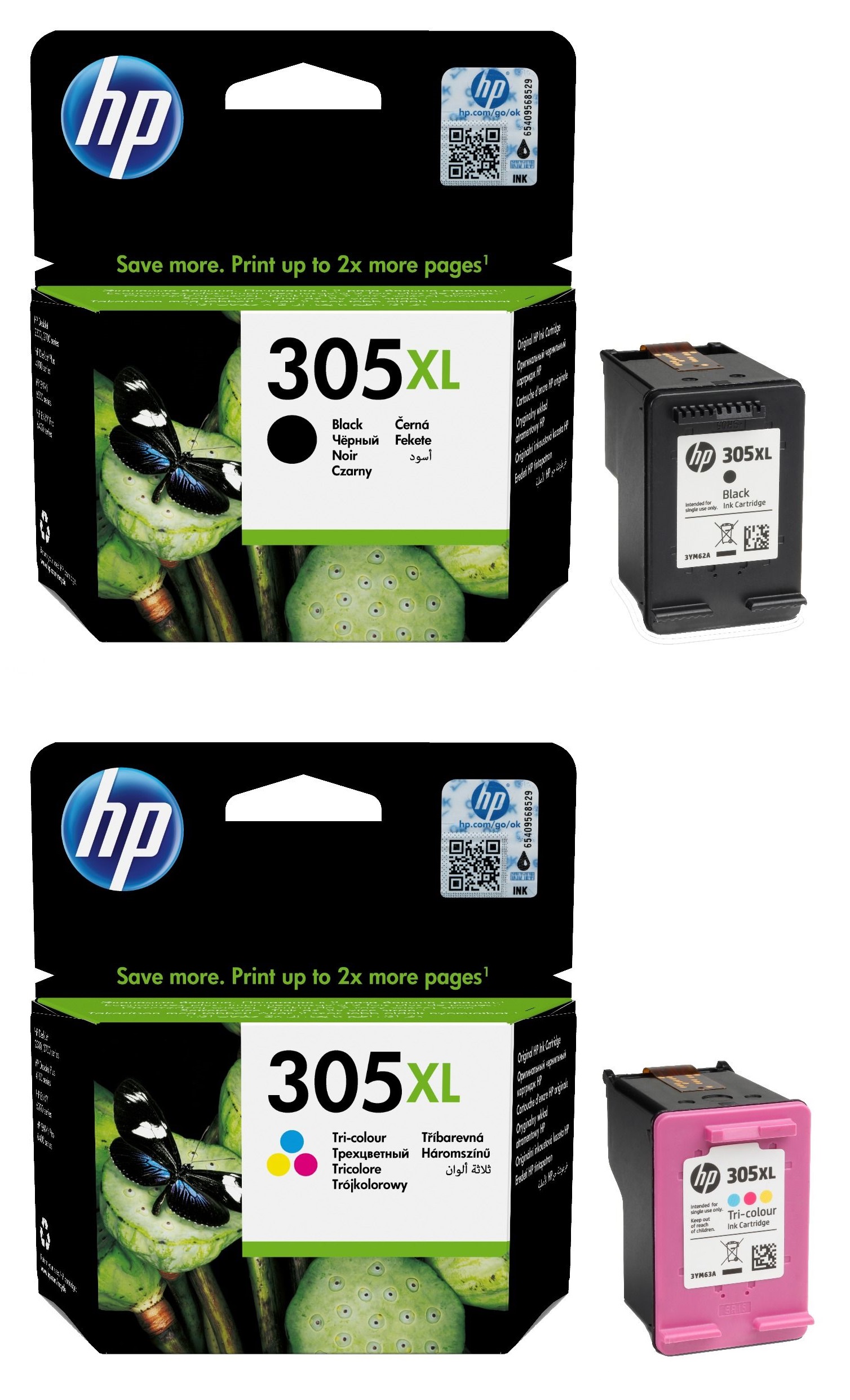Cartridge sheet paper is a popular choice among artists, illustrators, and students alike. Its thickness and texture make it ideal for various drawing techniques, allowing for versatility and creativity. This article explores the top techniques for drawing on cartridge sheet paper, offering valuable insights and practical tips to enhance your artistic endeavors.
Understanding Cartridge Sheet Paper

Before diving into the techniques, it’s crucial to understand what cartridge paper is and why it’s favored by artists. Cartridge paper is a heavy, durable paper that often comes in weights ranging from 200 to 300 gsm (grams per square meter). It is typically acid-free, ensuring that artworks do not yellow or degrade over time.
The texture of cartridge paper can vary from smooth to rough, influencing how different mediums interact with the surface. Artists often choose cartridge paper for its ability to handle various drawing techniques, including pencil, ink, charcoal, and even watercolors.
Essential Techniques for Drawing on Cartridge Sheet Paper

Here are some top techniques that can elevate your drawings on cartridge sheet paper:
1. Pencil Drawing Techniques

Pencil is one of the most versatile tools for drawing, and cartridge paper is perfect for it. Here are some techniques to consider:
- Shading: Use varying pressure to create gradients. Light pressure for soft shadows and firm pressure for darker areas can add depth.
- Blending: Use blending stumps or your fingers to smooth out pencil lines for a softer look.
- Cross-Hatching: Create texture and depth by layering lines in different directions.
For instance, a still life drawing using different pencils for shading can create a realistic representation of light and shadow, enhancing the overall composition.
2. Ink Drawing Techniques

Ink can bring a boldness to your artwork that pencil alone cannot achieve. Here are some ink drawing techniques:
- Line Work: Use fine liners to create intricate details in your drawings.
- Wash Techniques: Dilute ink with water to create washes, allowing for varying tones and textures.
- Stippling: Use small dots to create shading and texture, which can be particularly effective in detailed illustrations.
In a case study, artist Jane Smith utilized ink wash techniques on cartridge paper to create stunning landscapes that captured the essence of light and shadow, demonstrating the paper’s ability to absorb and retain ink effectively.
3. Charcoal Drawing Techniques

Charcoal is another excellent medium for cartridge paper, offering richness and depth. Here are some techniques to explore:
- Sketching: Start with light, loose sketches to outline your composition.
- Layering: Build up layers of charcoal to achieve darker tones and richer textures.
- Erasing: Use erasers creatively to lift off charcoal and create highlights.
Many artists prefer charcoal for portraits, where the ability to blend and layer can create striking, lifelike images. The texture of cartridge paper holds the charcoal well, allowing for expressive strokes.
4. Mixed Media Techniques

Combining different media can produce unique effects that enhance your artwork. Mixed media techniques on cartridge paper might include:
- Watercolor and Ink: Lay down an ink drawing first and then add watercolor to create depth.
- Pencil Over Charcoal: Use colored pencils over a charcoal drawing to add highlights and details.
- Collage Elements: Incorporate cut paper or other materials to add texture and interest.
For example, combining watercolor and ink can lead to vibrant pieces where the ink outlines pop against the soft washes of color, creating a dynamic visual contrast.
5. Utilizing Texture and Patterns
Cartridge paper allows artists to experiment with texture, which can significantly influence the final outcome of a piece. Techniques include:
- Textured Backgrounds: Create backgrounds with different materials (like sponges or brushes) to add interest.
- Pattern Creation: Use repetitive motifs to fill spaces in your drawing, enhancing the overall design.
- Impasto Techniques: Apply materials like acrylic or heavy inks to create a three-dimensional effect.
Using these techniques not only enriches the artwork but also engages the viewer, drawing them into the intricacies of the piece.
Case Studies and Examples
Many renowned artists have employed cartridge paper in their practice, showcasing its versatility:
- Vincent van Gogh: Known for his expressive use of color and texture, van Gogh often sketched preliminary works on paper similar to cartridge, allowing him to develop ideas before applying paint.
- David Hockney: Hockney’s iPad drawings often mimic the texture and feel of traditional cartridge paper, demonstrating the importance of surface in digital art.
Such examples highlight the enduring relevance of cartridge paper across various artistic mediums and styles.
Drawing on cartridge sheet paper opens a world of creative possibilities. Whether you are using pencils, ink, charcoal, or mixed media, the techniques discussed in this article can help you maximize the potential of this versatile surface. By incorporating shading, blending, layering, and mixed media strategies, artists can create compelling, dynamic works.
As you continue to explore and refine your drawing skills, remember that practice is key. Each technique offers unique benefits, and experimenting with them will help you discover your artistic voice. Embrace the journey of drawing on cartridge paper, and let your imagination flow!